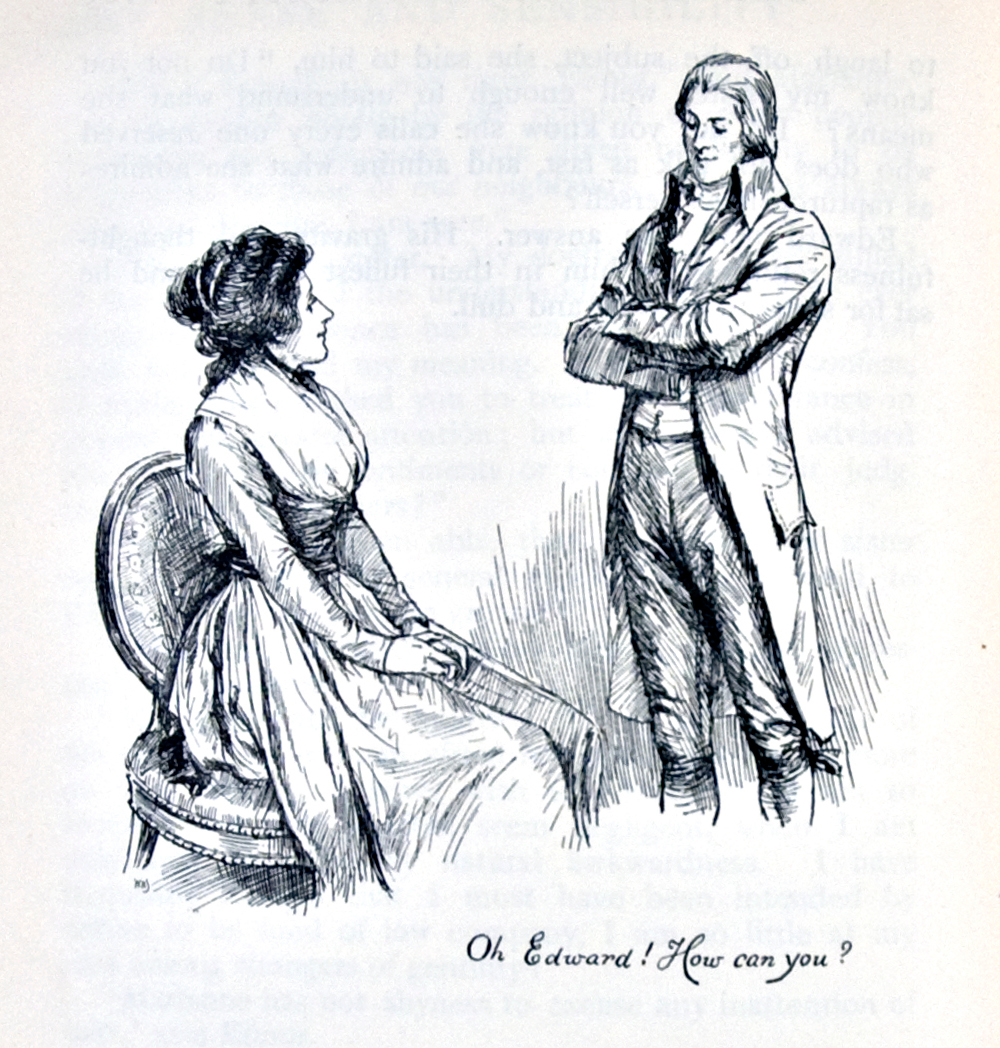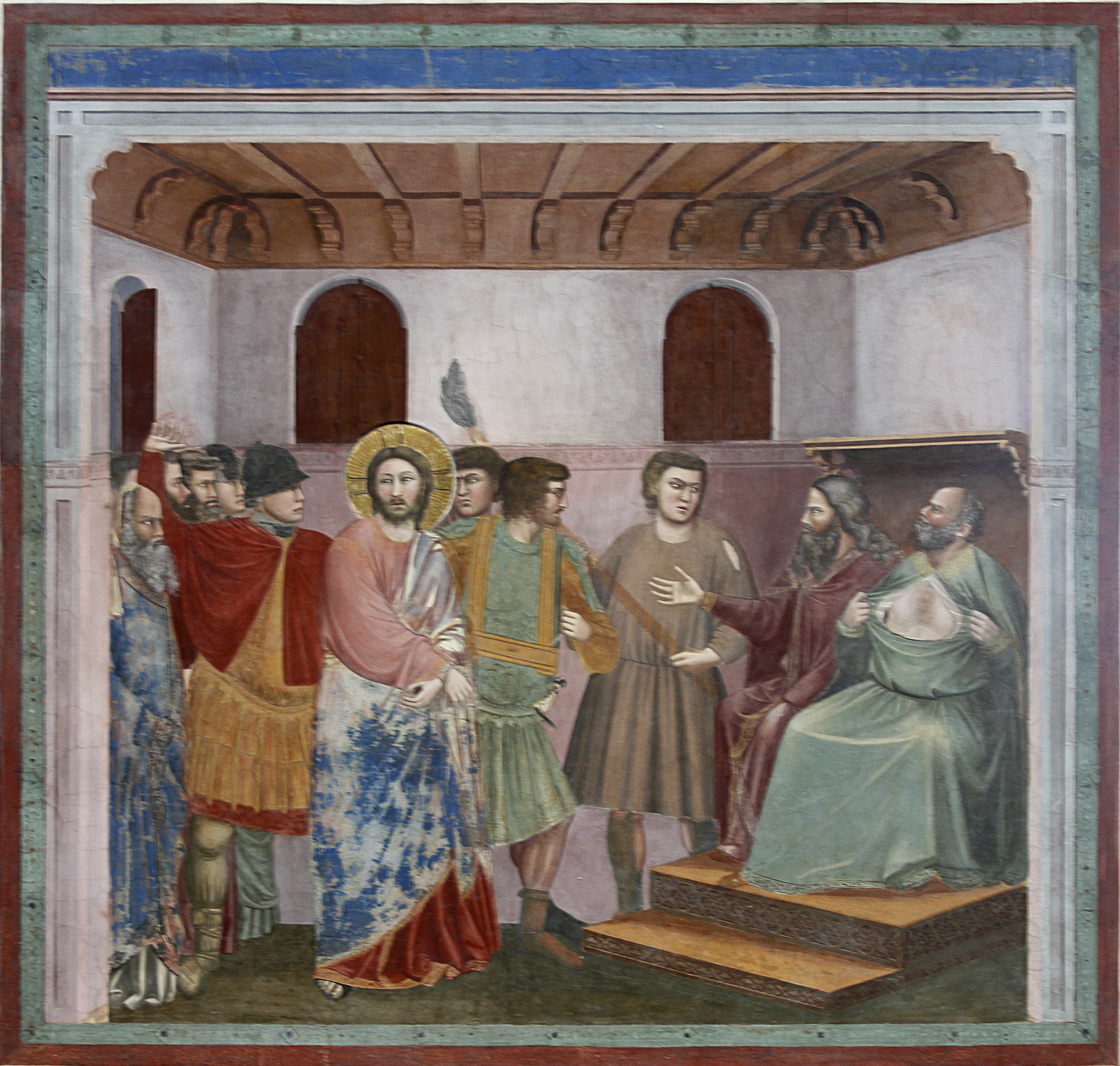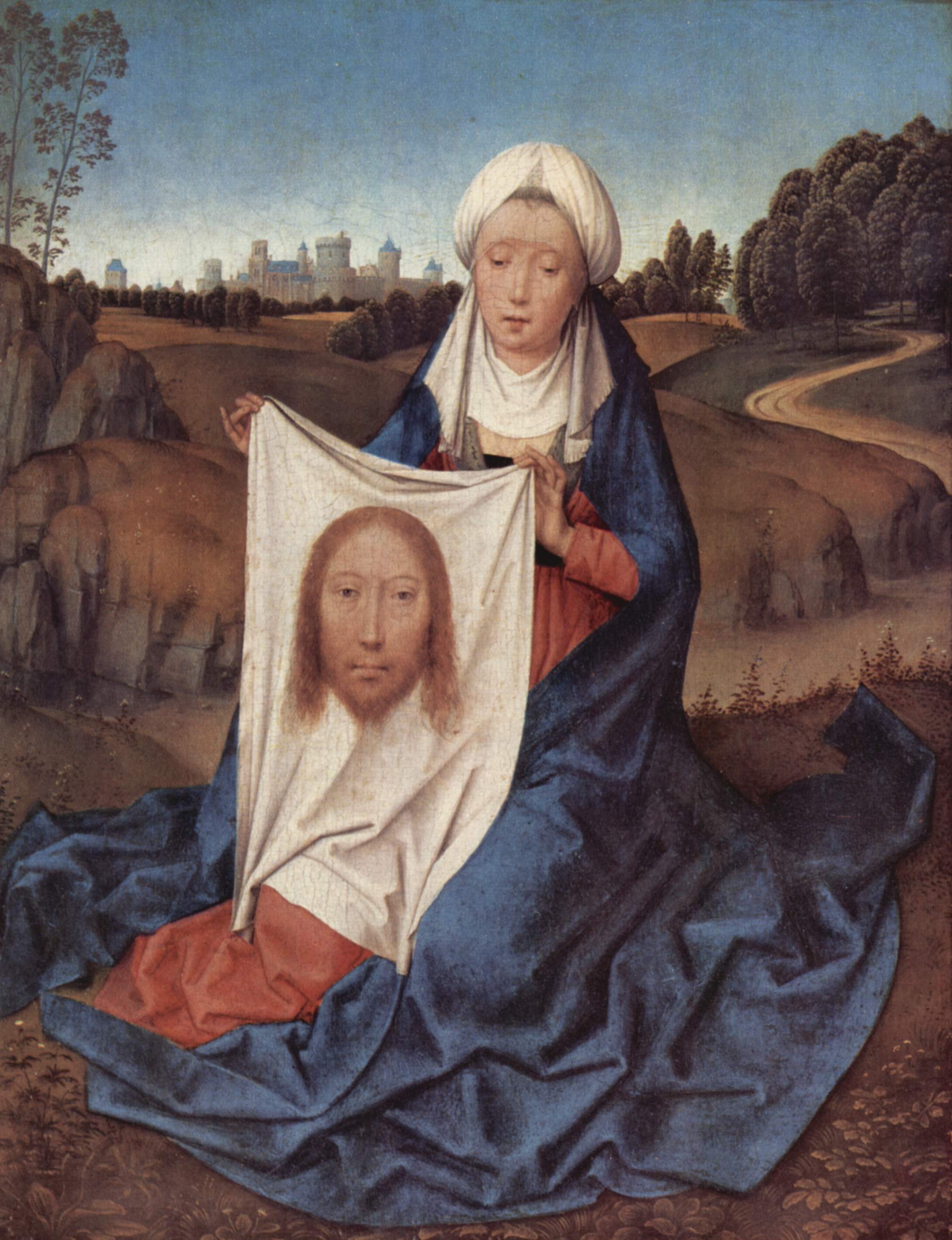|
Siege Of Jerusalem (poem)
''Siege of Jerusalem'' is the title commonly given to an anonymous Middle English epic poem created in the second half of the 14th century (possibly ca. 1370-1390). The poem is composed in the alliterative manner popular in medieval English poetry, especially during the period known as the "alliterative revival", and is known from nine surviving manuscripts, an uncommonly high number for works of this time. The siege described in the poem is that of 70 AD. The poem relies on a number of secondary sources—including ''Vindicta salvatoris'', Roger Argenteuil's ''Bible en François'', Ranulf Higdon's ''Polychronicon'', and the ''Destruction of Troy''—and on Josephus’ '' The Jewish War'', which was itself a source for the ''Polychronicon''. The destruction of Jerusalem is ahistorically portrayed as divinely ordained vengeance by the Romans Vespasian and Titus for the death of Jesus Christ. The poem also describes the tumultuous succession of emperors in Rome in the late 60s, when ... [...More Info...] [...Related Items...] OR: [Wikipedia] [Google] [Baidu] |
Middle English
Middle English (abbreviated to ME) is a form of the English language that was spoken after the Norman conquest of 1066, until the late 15th century. The English language underwent distinct variations and developments following the Old English period. Scholarly opinion varies, but the ''Oxford English Dictionary'' specifies the period when Middle English was spoken as being from 1150 to 1500. This stage of the development of the English language roughly followed the High to the Late Middle Ages. Middle English saw significant changes to its vocabulary, grammar, pronunciation, and orthography. Writing conventions during the Middle English period varied widely. Examples of writing from this period that have survived show extensive regional variation. The more standardized Old English language became fragmented, localized, and was, for the most part, being improvised. By the end of the period (about 1470) and aided by the invention of the printing press by Johannes Gutenberg in 14 ... [...More Info...] [...Related Items...] OR: [Wikipedia] [Google] [Baidu] |
Vitellius
Aulus Vitellius (; ; 24 September 1520 December 69) was Roman emperor for eight months, from 19 April to 20 December AD 69. Vitellius was proclaimed emperor following the quick succession of the previous emperors Galba and Otho, in a year of civil war known as the Year of the Four Emperors. Vitellius was the first to add the honorific cognomen '' Germanicus'' to his name instead of ''Caesar'' upon his accession. Like his direct predecessor, Otho, Vitellius attempted to rally public support to his cause by honoring and imitating Nero who remained widely popular in the empire. Originally from Campania, likely from Nuceria Alfaterna, Suetonius, Vitellius, 4. he was born to the Vitellia gens, a relatively obscure family in ancient Rome. He was a noble companion of Tiberius' retirement on Capri and there befriended Caligula. He was elected consul in 48, and served as proconsular governor of Africa in either 60 or 61. In 68, he was chosen to command the army of Germania Inferior by ... [...More Info...] [...Related Items...] OR: [Wikipedia] [Google] [Baidu] |
Romance Novel
A romance novel or romantic novel generally refers to a type of genre fiction novel which places its primary focus on the relationship and romantic love between two people, and usually has an "emotionally satisfying and optimistic ending." Precursors include authors of literary fiction, such as Samuel Richardson, Jane Austen, and Charlotte Brontë. There are many subgenres of the romance novel, including fantasy, gothic, contemporary, historical romance, paranormal fiction, and science fiction. Although women are the main readers of romance novels a growing number of men enjoy them as well. The Romance Writers of America cite 16% of men read romance novels. "Many people today don’t realize that romance is more than a love story. Romance can be a complex plotline with a setting from the past in a remote, faraway place. Instead of focusing on a love story, it idealizes values and principles that seem lost in today’s world of technology and instant gratification. However, roma ... [...More Info...] [...Related Items...] OR: [Wikipedia] [Google] [Baidu] |
Hagiography
A hagiography (; ) is a biography of a saint or an ecclesiastical leader, as well as, by extension, an adulatory and idealized biography of a founder, saint, monk, nun or icon in any of the world's religions. Early Christian hagiographies might consist of a biography or ', a description of the saint's deeds or miracles (from Latin ''vita'', life, which begins the title of most medieval biographies), an account of the saint's martyrdom (called a ), or be a combination of these. Christian hagiographies focus on the lives, and notably the miracles, ascribed to men and women canonized by the Roman Catholic church, the Eastern Orthodox Church, the Oriental Orthodox churches, and the Church of the East. Other religious traditions such as Buddhism, Hinduism, Taoism, Islam, Sikhism and Jainism also create and maintain hagiographical texts (such as the Sikh Janamsakhis) concerning saints, gurus and other individuals believed to be imbued with sacred power. Hagiographic works, especi ... [...More Info...] [...Related Items...] OR: [Wikipedia] [Google] [Baidu] |
Siege Of Jerusalem (70 CE)
The siege of Jerusalem of 70 CE was the decisive event of the First Jewish–Roman War (66–73 CE), in which the Roman army led by future emperor Titus besieged Jerusalem, the center of Jewish rebel resistance in the Roman province of Judaea. Following a brutal five-month siege, the Romans destroyed the city and the Second Jewish Temple. In April 70 CE, three days before Passover, the Roman army started besieging Jerusalem. The city had been taken over by several rebel factions following a period of massive unrest and the collapse of a short-lived provisional government. Within three weeks, the Roman army broke the first two walls of the city, but a stubborn rebel standoff prevented them from penetrating the thickest and third wall. According to Josephus, a contemporary historian and the main source for the war, the city was ravaged by murder, famine and cannibalism. On Tisha B'Av, 70 CE (August 30), Roman forces finally overwhelmed the defenders and set fire to the Te ... [...More Info...] [...Related Items...] OR: [Wikipedia] [Google] [Baidu] |
History
History (derived ) is the systematic study and the documentation of the human activity. The time period of event before the History of writing#Inventions of writing, invention of writing systems is considered prehistory. "History" is an umbrella term comprising past events as well as the memory, discovery, collection, organization, presentation, and interpretation of these events. Historians seek knowledge of the past using historical sources such as written documents, oral accounts, art and material artifacts, and ecological markers. History is not complete and still has debatable mysteries. History is also an Discipline (academia), academic discipline which uses narrative to describe, examine, question, and analyze past events, and investigate their patterns of cause and effect. Historians often debate which narrative best explains an event, as well as the significance of different causes and effects. Historians also debate the historiography, nature of history as an end in ... [...More Info...] [...Related Items...] OR: [Wikipedia] [Google] [Baidu] |
Caiaphas
Joseph ben Caiaphas (; c. 14 BC – c. 46 AD), known simply as Caiaphas (; grc-x-koine, Καϊάφας, Kaïáphas ) in the New Testament, was the Jewish high priest who, according to the gospels, organized a plot to kill Jesus. He famously presided over the Sanhedrin trial of Jesus. The primary sources for Caiaphas' life are the New Testament, and the writings of Josephus. Josephus records that he was made high priest by the Roman procurator Valerius Gratus after Simon ben Camithus had been deposed. Etymology The Babylonian Talmud (Yevamot 15B) gives the family name as Kuppai, while the Jerusalem Talmud (Yevamot 1:6) mentions ''Nekifi''. The ''Mishnah'', Parah 3:5, refers to the family name as hakKof (perhaps "the Monkey", a play on his name for opposing the Pharisees). The family name ''Caiaphas'' קַיָּפָה has three possible origins: * from קוּפָּה 'basket', 'tub', verbalized as קִיֵּף , whence קַיָּף meaning 'basket maker', or a worker utilizi ... [...More Info...] [...Related Items...] OR: [Wikipedia] [Google] [Baidu] |
Pontius Pilate
Pontius Pilate (; grc-gre, Πόντιος Πιλᾶτος, ) was the fifth governor of the Roman province of Judaea, serving under Emperor Tiberius from 26/27 to 36/37 AD. He is best known for being the official who presided over the trial of Jesus and ultimately ordered his crucifixion. Pilate's importance in modern Christianity is underscored by his prominent place in both the Apostles' and Nicene Creeds. Due to the Gospels' portrayal of Pilate as reluctant to execute Jesus, the Ethiopian Church believes that Pilate became a Christian and venerates him as both a martyr and a saint, a belief which is historically shared by the Coptic Church. Although Pilate is the best-attested governor of Judaea, few sources regarding his rule have survived. Nothing is known about his life before he became governor of Judaea, and nothing is known about the circumstances that led to his appointment to the governorship. Coins that he minted have survived from Pilate's governorship, as well ... [...More Info...] [...Related Items...] OR: [Wikipedia] [Google] [Baidu] |
Veil Of Veronica
The Veil of Veronica, or (Latin for sweat-cloth), also known as the Vernicle and often called simply the Veronica, is a Christian relic consisting of a piece of cloth said to bear an image of the Holy Face of Jesus produced by other than human means (an '' acheiropoieton'', "made without hand"). Various existing images have been claimed to be the original relic, as well as early copies of it; representations of it are also known as vernicles. The story of the image's origin is related to the sixth Station of the Cross, wherein Saint Veronica, encountering Jesus along the Via Dolorosa to Calvary, wipes the blood and sweat from his face with her veil. According to some versions, St. Veronica later traveled to Rome to present the cloth to the Roman Emperor Tiberius. The veil has been said to quench thirst, cure blindness, and even raise the dead. The first written evidence of the story is from the Middle Ages, and during the 14th century, the veil became a central icon in the Wes ... [...More Info...] [...Related Items...] OR: [Wikipedia] [Google] [Baidu] |
Trinity
The Christian doctrine of the Trinity (, from 'threefold') is the central dogma concerning the nature of God in most Christian churches, which defines one God existing in three coequal, coeternal, consubstantial divine persons: God the Father, God the Son (Jesus Christ) and God the Holy Spirit, three distinct persons sharing one ''homoousion'' (essence) "each is God, complete and whole." As the Fourth Lateran Council declared, it is the Father who begets, the Son who is begotten, and the Holy Spirit who proceeds. In this context, the three persons define God is, while the one essence defines God is. This expresses at once their distinction and their indissoluble unity. Thus, the entire process of creation and grace is viewed as a single shared action of the three divine persons, in which each person manifests the attributes unique to them in the Trinity, thereby proving that everything comes "from the Father," "through the Son," and "in the Holy Spirit." This doctrine ... [...More Info...] [...Related Items...] OR: [Wikipedia] [Google] [Baidu] |
Crucifixion Of Jesus
The crucifixion and death of Jesus occurred in 1st-century Judea, most likely in AD 30 or AD 33. It is described in the four canonical gospels, referred to in the New Testament epistles, attested to by other ancient sources, and considered an established historical event. There is no consensus among historians on the details. Christopher M. Tuckett in ''The Cambridge companion to Jesus'' edited by Markus N. A. Bockmuehl 2001 Cambridge Univ Press pp. 123–124 In the canonical gospels, Jesus is arrested and tried by the Sanhedrin, and then by Pontius Pilate, who sentences him to flagellation and finally crucifixion by the Roman Empire.''The Cradle, the Cross, and the Crown: An Introduction to the New Testament'' by Andreas J. Köstenberger, L. Scott Kellum 2009 pp. 104–108Evans, Craig A. (2001). ''Jesus and His Contemporaries: Comparative Studies'' p. 316 Jesus was stripped of his clothing and offered vinegar mixed with myrrh or gall (likely posca ... [...More Info...] [...Related Items...] OR: [Wikipedia] [Google] [Baidu] |
Cannibalism
Cannibalism is the act of consuming another individual of the same species as food. Cannibalism is a common ecological interaction in the animal kingdom and has been recorded in more than 1,500 species. Human cannibalism is well documented, both in ancient and in recent times. The rate of cannibalism increases in nutritionally poor environments as individuals turn to members of their own species as an additional food source.Elgar, M.A. & Crespi, B.J. (1992) ''Cannibalism: ecology and evolution among diverse taxa'', Oxford University Press, Oxford ngland New York. Cannibalism regulates population numbers, whereby resources such as food, shelter and territory become more readily available with the decrease of potential competition. Although it may benefit the individual, it has been shown that the presence of cannibalism decreases the expected survival rate of the whole population and increases the risk of consuming a relative. Other negative effects may include the increased r ... [...More Info...] [...Related Items...] OR: [Wikipedia] [Google] [Baidu] |




.jpg)




